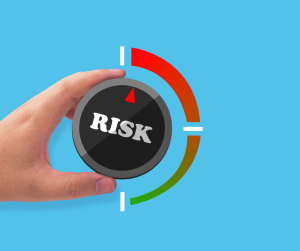What is Lone Working?
Lone working is working by yourself, without close or direct supervision. Examples of lone workers might include delivery drivers, healthcare workers, security staff, cleaners, retail staff and home workers.
While lone working offers flexibility and autonomy, it also presents safety and wellbeing challenges.
Functions of a Lone Working Policy
Workplace lone working policies are essential. They outline procedures and responsibilities for both employers and employees when work is conducted alone. They help to reduce risk by identifying and mitigating potential hazards associated with lone working. Lone working policies often promote well-being, by directing to support mechanisms and resources to address employee concerns such as loneliness. In addition, these policies provide clarity. Clearly defined procedures and communication protocols ensure everyone in the workplace understands their roles and responsibilities.
Key Components of a Lone Working Policy
Communication protocols, for example, virtual check-ins with colleagues, automated check-in systems, or lone worker devices with panic buttons.
Risk assessment, which identifies potential hazards specific to the type of lone working undertaken. This assessment should be regularly reviewed and updated.
Training and awareness for employees on the policy, risk assessment findings, and safe working practices.
Equipment and technology such as personal alarms, mobile phones with safety apps, and secure communication channels, which significantly enhance safety and communication.
The policy should also include procedures for reporting incidents and accidents.
Reviewing the Lone Working Policy
Regularly reviewing your lone working policy is crucial because work environments evolve, new technologies emerge, and unforeseen hazards arise. Organisations need to ensure their policy reflects current realities and addresses any new risks.
Incidents, near misses, and even successes hold valuable insights. Examining past events helps you identify gaps in the policy and implement necessary improvements.
Reviewing your policy ensures you it stays compliant with legal requirements and best practices, which change over time.
Aim for annual reviews, with additional assessments as and when there are significant changes, incidents, or employee feedback.











